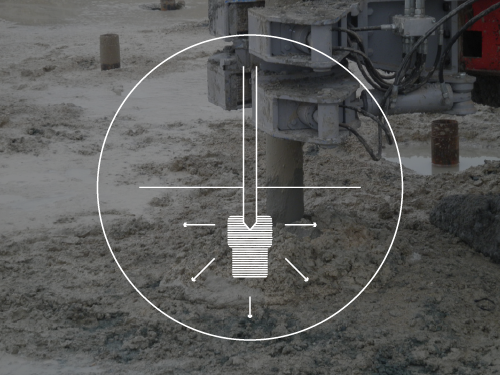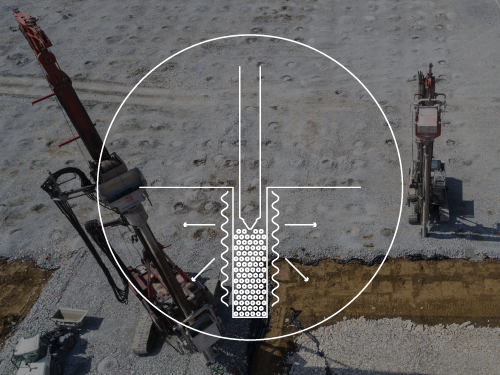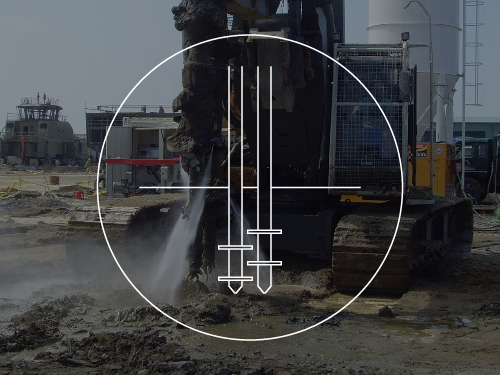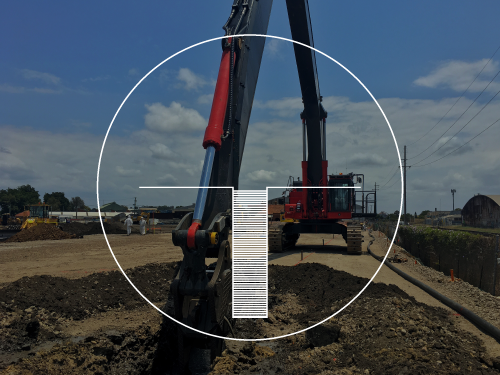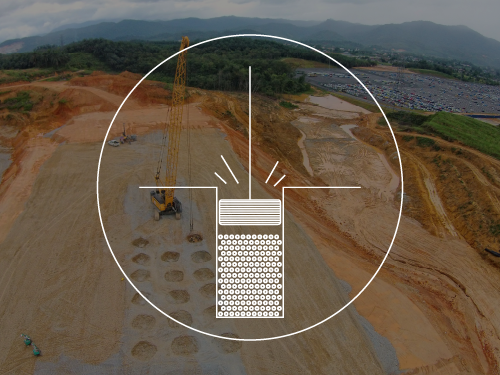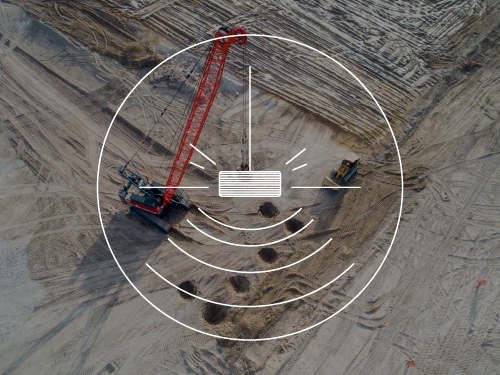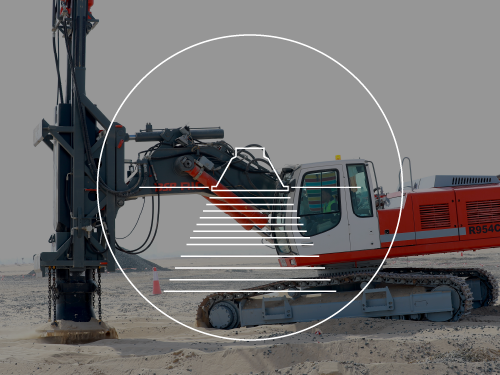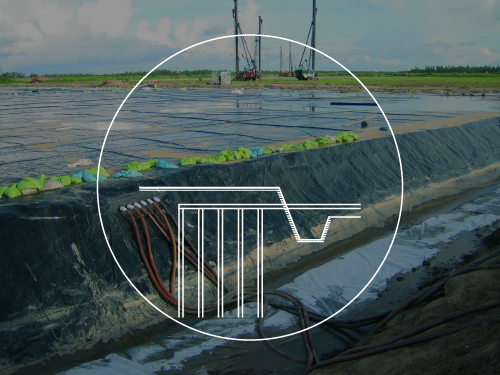We understand the risks that come with most foundation projects, especially when weak or contaminated soils are found, and work closely with you to ensure that no matter what the soil challenge is, we can help you find a ground improvement solution that will help you cut your project costs, shorten your projects timelines, and mitigate your project risk. With our experience of many thousands of foundation projects completed here in Canada and worldwide, you can be sure that you are working with the best, most experienced, and professional ground improvement specialists anywhere. With regional offices located across Canada, you will always get the best advice from a local “boots on the ground” perspective to help you find success in your foundation project. In addition to its core ground improvement capabilities, Menard operates throughout our clients’ project life cycles, offering expert services in both soil investigation and soil remediation through its ConeTec and Remea affiliate companies.

